engineered floor finish
ionized_gw
11 years ago
Related Stories

REMODELING GUIDESWhen to Use Engineered Wood Floors
See why an engineered wood floor could be your best choice (and no one will know but you)
Full Story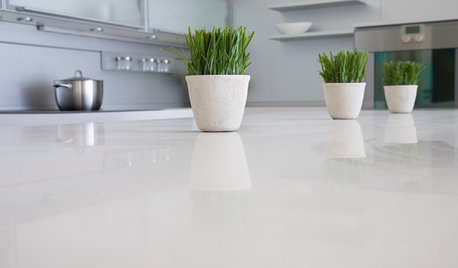
KITCHEN DESIGNKitchen Counters: Stunning, Easy-Care Engineered Quartz
There's a lot to like about this durable blend of quartz and resin for kitchen countertops, and the downsides are minimal
Full Story
DECORATING GUIDESFinish Your Floors to Perfection With Parquet
Add value and gorgeous detail to your home with timeless and elegant parquet flooring in a classic design
Full Story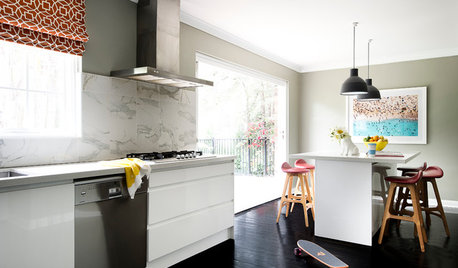
FLOORS11 Distinctive Finishes for Original Floorboards
Whether you go for glossy, painted or matte boards, make your wood floor the star
Full Story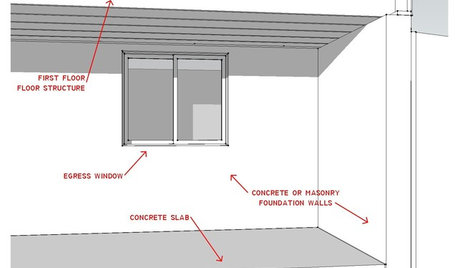
REMODELING GUIDESKnow Your House: The Steps in Finishing a Basement
Learn what it takes to finish a basement before you consider converting it into a playroom, office, guest room or gym
Full Story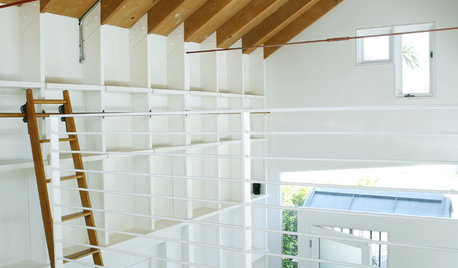
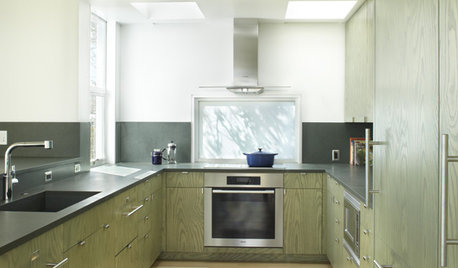
REMODELING GUIDESPro Finishing Secret: Aniline Dye for Wood
Deeper and richer than any stain, aniline dye gives wood stunningly deep color and a long-lasting finish
Full Story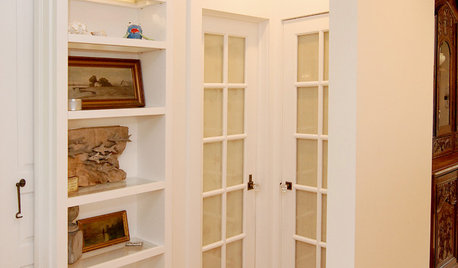
REMODELING GUIDESHow to Size Interior Trim for a Finished Look
There's an art to striking an appealing balance of sizes for baseboards, crown moldings and other millwork. An architect shares his secrets
Full Story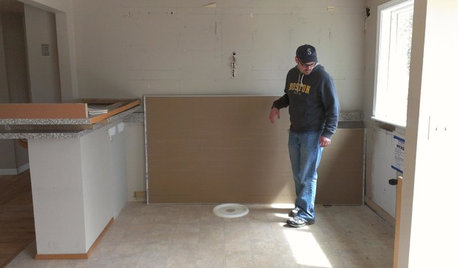
KITCHEN DESIGNStylish New Kitchen, Shoestring Budget: See the Process Start to Finish
For less than $13,000 total — and in 34 days — a hardworking family builds a kitchen to be proud of
Full Story
MATERIALSShow Off the Bones of Your Home With Exposed Finishes
There can be beauty in raw materials. Display them with care, and the effect is surprisingly warm and welcoming
Full StoryMore Discussions







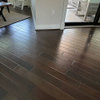
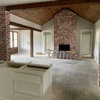
live_wire_oak
ionized_gwOriginal Author
Related Professionals
Attleboro Flooring Contractors · Gallatin Flooring Contractors · Monroe Flooring Contractors · Shoreline Flooring Contractors · Stoneham Flooring Contractors · White Bear Lake Flooring Contractors · Lyndon Carpet Dealers · Beloit General Contractors · Converse General Contractors · Enumclaw General Contractors · Hagerstown General Contractors · Highland City General Contractors · Lincoln General Contractors · Summit General Contractors · Waianae General Contractorsglennsfc
ionized_gwOriginal Author
gregmills_gw
gregmills_gw
ionized_gwOriginal Author
GreenDesigns
ionized_gwOriginal Author